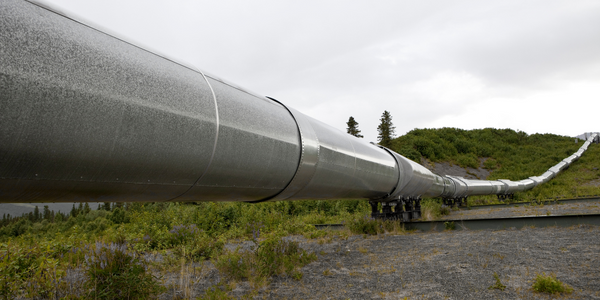Technology Category
- Sensors - Gas Sensors
- Sensors - Utility Meters
Applicable Industries
- Electronics
- Oil & Gas
Applicable Functions
- Product Research & Development
Use Cases
- Smart Lighting
About The Customer
Royal Philips Electronics of the Netherlands is one of the world's largest electronics companies and Europe's biggest, with sales of EUR 29 billion in 2003. The company operates in three interlocking domains: healthcare, lifestyle, and technology, employing 166,800 individuals in over 60 countries. Philips is the global leader in the lighting market, a position it maintains through a combination of innovative leadership and a systematic approach to identifying new market opportunities. This case study focuses on the Lighting division of Philips and their use of ANSYS Multiphysics in the design of high-pressure gas discharge lamps.
The Challenge
Royal Philips Electronics, a global leader in the electronics industry, faced a significant challenge in the development of its Ceramic Discharge Metal-halide (CDM) lamps. The primary challenge was to create a lamp design that was both thermally and mechanically robust, capable of lasting a specified lifetime. To achieve this, accurate simulation of the gas discharge, wall temperature, and mechanical stresses were required. The complexity of these factors made it difficult to develop a lamp that could meet the high standards of durability and longevity that Philips aimed for. The challenge was not only to create a lamp that could withstand the rigors of use but also to understand the intricate interplay of various physical factors that could affect the lamp's performance.
The Solution
To address this challenge, Philips turned to ANSYS Multiphysics, a powerful tool that allowed them to perform a comprehensive thermo-mechanical analysis of the CDM-lamp. The gas discharge was treated as a fluid with electric conductivity, a process made possible by the coupled field ability of ANSYS Multiphysics. Philips employed a total of four coupled physics fields to simulate the lamp: fluid (temperatures and velocities in gas discharge), electric (heat generation in gas discharge), thermal (temperatures in lamp wall and electrical feed through), and mechanical (stresses in ceramic wall). This multi-faceted approach allowed Philips to gain a thorough understanding of the design performance at an early stage, thereby speeding up new lamp development and optimizing the lamp design.
Operational Impact

Case Study missing?
Start adding your own!
Register with your work email and create a new case study profile for your business.
Related Case Studies.

Case Study
Taking Oil and Gas Exploration to the Next Level
DownUnder GeoSolutions (DUG) wanted to increase computing performance by 5 to 10 times to improve seismic processing. The solution must build on current architecture software investments without sacrificing existing software and scale computing without scaling IT infrastructure costs.

Case Study
Remote Temperature Monitoring of Perishable Goods Saves Money
RMONI was facing temperature monitoring challenges in a cold chain business. A cold chain must be established and maintained to ensure goods have been properly refrigerated during every step of the process, making temperature monitoring a critical business function. Manual registration practice can be very costly, labor intensive and prone to mistakes.

Case Study
Remote Wellhead Monitoring
Each wellhead was equipped with various sensors and meters that needed to be monitored and controlled from a central HMI, often miles away from the assets in the field. Redundant solar and wind generators were installed at each wellhead to support the electrical needs of the pumpstations, temperature meters, cameras, and cellular modules. In addition to asset management and remote control capabilities, data logging for remote surveillance and alarm notifications was a key demand from the customer. Terra Ferma’s solution needed to be power efficient, reliable, and capable of supporting high-bandwidth data-feeds. They needed a multi-link cellular connection to a central server that sustained reliable and redundant monitoring and control of flow meters, temperature sensors, power supply, and event-logging; including video and image files. This open-standard network needed to interface with the existing SCADA and proprietary network management software.

Case Study
Refinery Saves Over $700,000 with Smart Wireless
One of the largest petroleum refineries in the world is equipped to refine various types of crude oil and manufacture various grades of fuel from motor gasoline to Aviation Turbine Fuel. Due to wear and tear, eight hydrogen valves in each refinery were leaking, and each cost $1800 per ton of hydrogen vented. The plant also had leakage on nearly 30 flare control hydrocarbon valves. The refinery wanted a continuous, online monitoring system that could catch leaks early, minimize hydrogen and hydrocarbon production losses, and improve safety for maintenance.









